本文由Inside Outside / Petra Blaisse授权mooool发表,欢迎转发,禁止以mooool编辑版本转载。
Thanks Inside Outside / Petra Blaisse for authorizing the publication of the project on mooool, Text description provided by Inside Outside / Petra Blaisse.
Inside Outside / Petra Blaisse:图书馆大楼似乎是从其他地方降落到这里的,建筑周围留下了不均匀的空间。基于图书馆附近的城市规划策略,了解了城市建筑和花园的发展数量和不规则形状的多样性,人们认为应该简化新花园的设计而不是将其复杂化。因此,设计师提出了一个简化花园的方案:在土壤中植入一组圆形印记,种植三种不同类型的耐旱植物:金合欢、大戟和龙舌兰。
Inside Outside / Petra Blaisse: The library building seems to have landed from elsewhere onto the site, leaving uneven amounts of linear space around its four sides. Looking at the city plan in the vicinity of the Library and recognizing the amount of developments and the diversity of irregular shapes used for buildings and gardens, one tends to feel the need to simplify rather then complicate the design for a new garden. Inside Outside therefore proposes a simple garden recipe: a group of circular imprints into the soil, planted with families of three different types of drought tolerant vegetation: Acacia, Euphorbia and Agave.
▼场地鸟瞰 Site Aerial View
设计使用凹面、圆形的效果是——它们不断变化的大小和深度——只有少部分的植物是高层生长,更多的是在低层生长的灌木,延伸到圆形区域之外,以最小的变化给人们带来惊喜。设计方案是只在最初几年给植物、多肉和树木浇水直到它们稳固下来,在这之后就不再浇灌植物。
The effect of the logic we use for the concave, circular imprints – their changing size and depth – will be, that less of the same species will grow on a higher view level in the smaller areas; and more of the same species will grow on a lower level out of the larger circular areas…thus providing surprise and change with a minimum of variation. Our aim is to water the plants, succulents and trees only in the first few years – until they have settled – and to refrain from watering the plantings after this period.
▼石灰岩经过切割制成的沙色地砖铺地 The main surface of the garden is made of local limestone, cut into rough rectangular blocks and embedded in sand.
这个花园将是具有教育意义的,人们可以研究当地气候和土壤环境下同科属的不同种植物的生长状况。花园的地面——即圆坑之间的区域——是由当地石灰石制成,将石材切割成粗糙的矩形砖块嵌入沙地之中,这将在圆形凹面种植区之间创造出一个略微不规则但可以通行的沙色地面。
Thus the garden will become an educational one, where various species of one family can be studied in the local climate and soil conditions. The main surface of the garden – the area in-between the imprints – is made of local limestone, cut into rough rectangular blocks and embedded in sand. This will create a slightly irregular but walkable plane in the color of sand, in-between round concave planting areas.
▼低层灌木种植池 The lower plants concave planting area

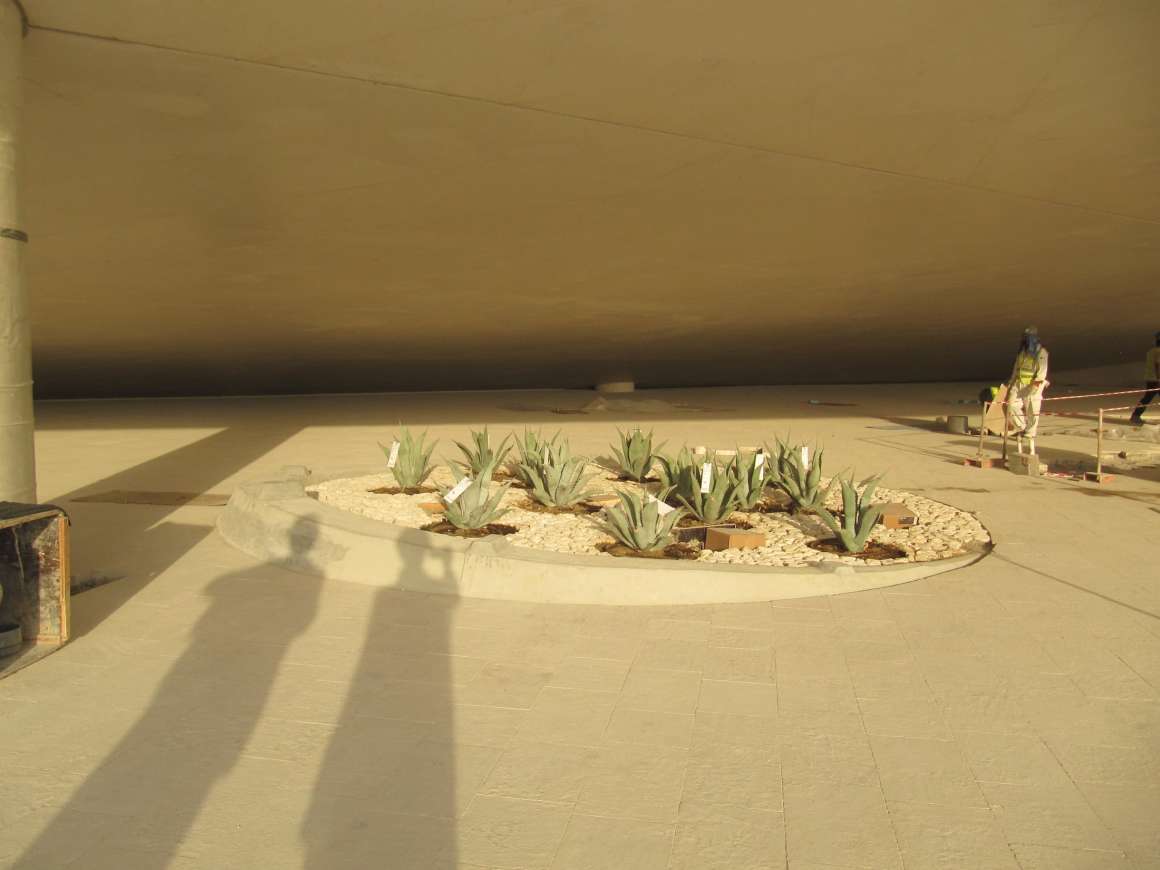
▼种植池细节 Details of circular concave planting area
▼植物配置-金合欢属植物 Plant Selection- Genus: Acacia
▼植物配置-龙舌兰属植物 Plant Selection- Genus: Agave
▼植物配置-龙舌兰/金合欢属植物 Plant Selection- Genus: Agave/Acacia
▼设计手稿 Sketch
▼模型 Model
▼场地平面图 Master Plan
▼低层灌木种植池平面和剖面 The lower level planting area plan and section
▼高层乔木种植池剖面 The higher level planting area section
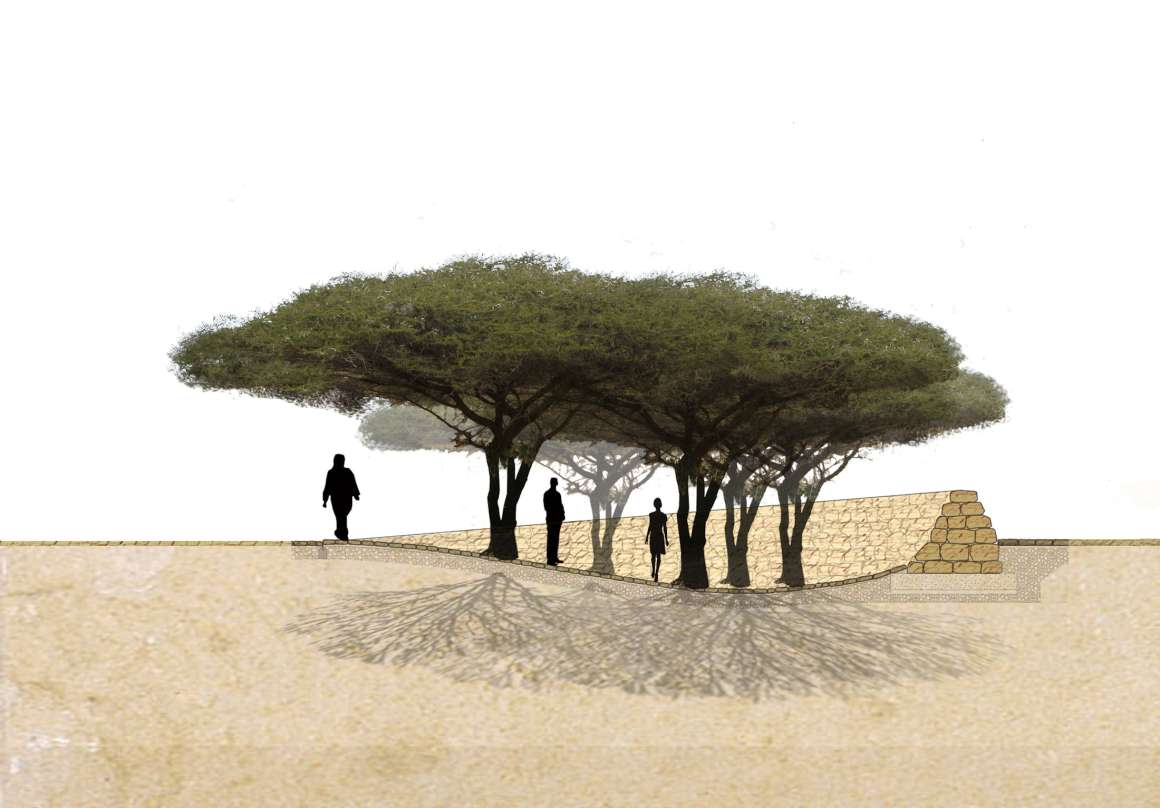
地点: 卡塔尔 多哈
客户: 卡塔尔基金会
建筑师: OMA
设计范围: 景观设计
日期: 2008 – 2016年
面积: 23.000平方米
景观设计: Inside Outside / Petra Blaisse
设计团队: Petra Blaisse with Jana Crepon, Aura Luz Melis, Ana Beja da Costa, Anat Rachmel, Laura Baird, Carmen Buitenhuis, Eva Radianova and Alessandro Solci
Place: Doha, Qatar
Client: Qatar Foundation
Architects: OMA
Scope of work: Landscape design
Date: 2008 – 2016
Size: 23.000 sqm
Landscape design: Inside Outside / Petra Blaisse
Team Inside Outside: Petra Blaisse with Jana Crepon, Aura Luz Melis, Ana Beja da Costa, Anat Rachmel, Laura Baird, Carmen Buitenhuis, Eva Radianova and Alessandro Solci
更多 Read more about: Inside Outside / Petra Blaisse




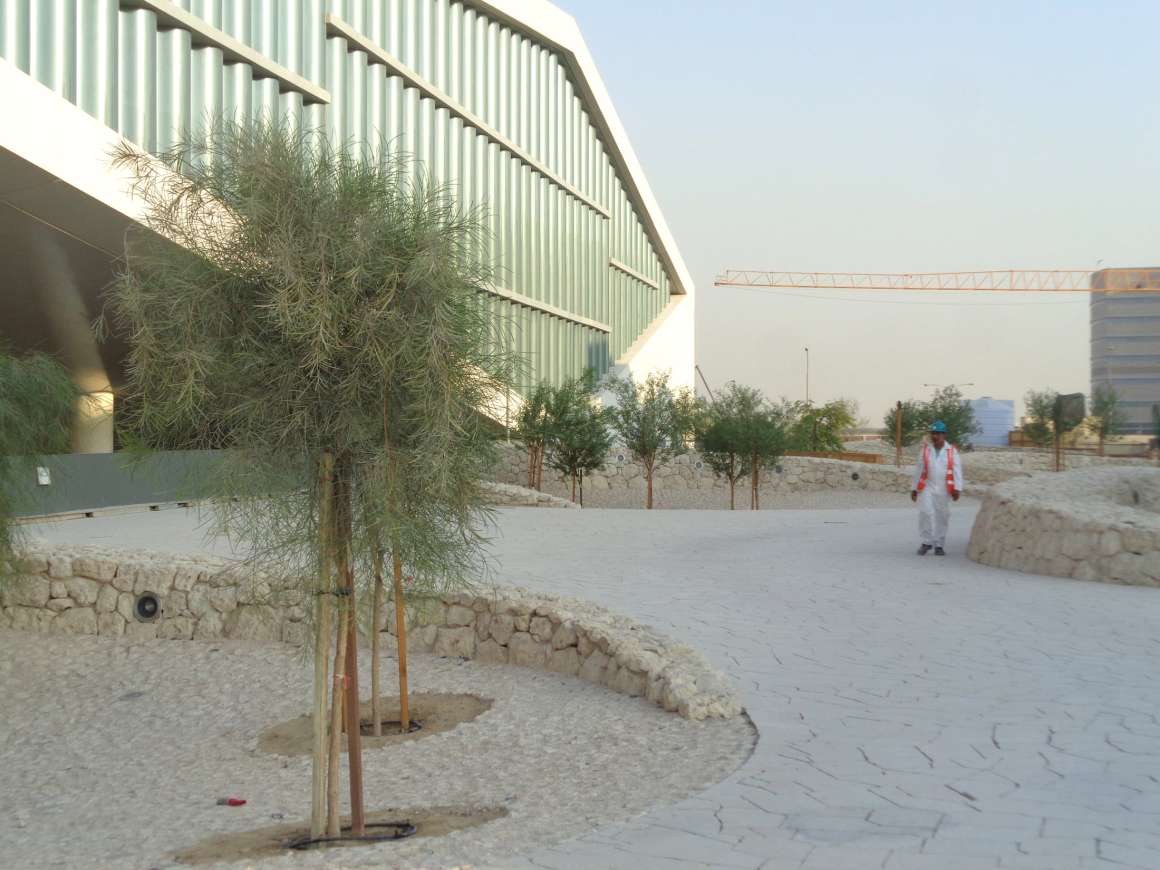

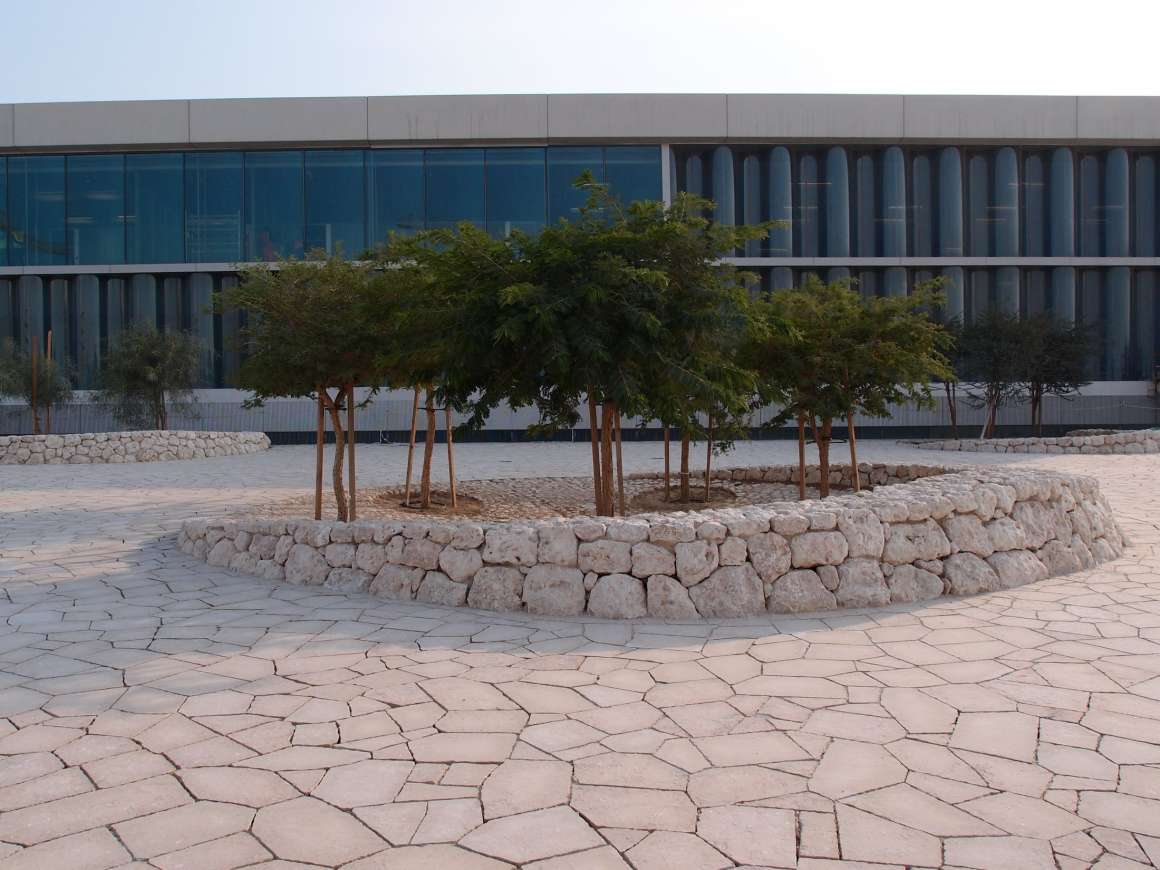
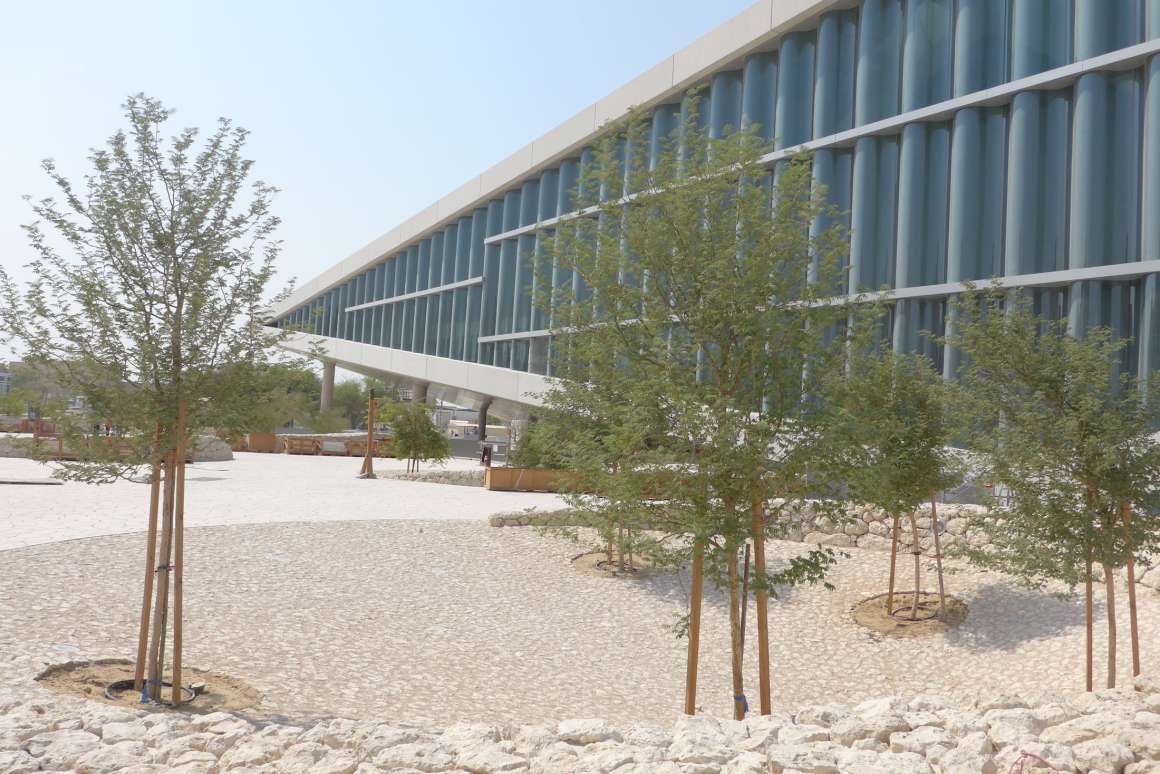
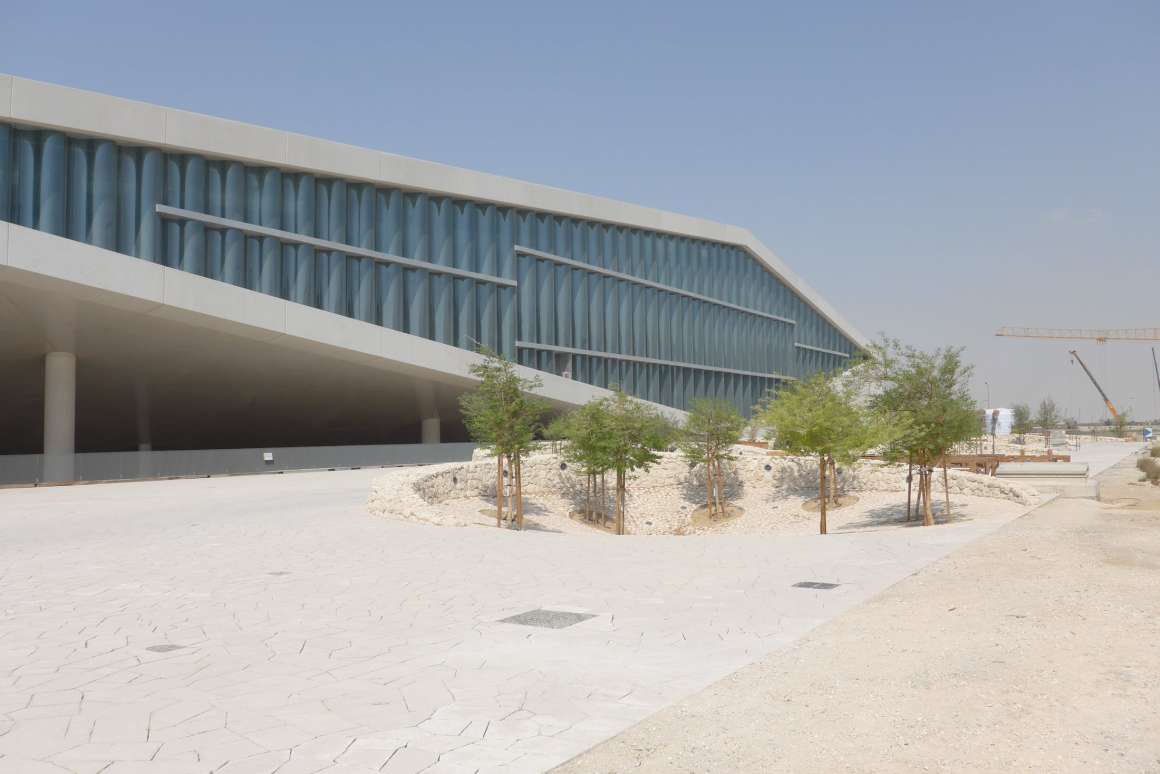
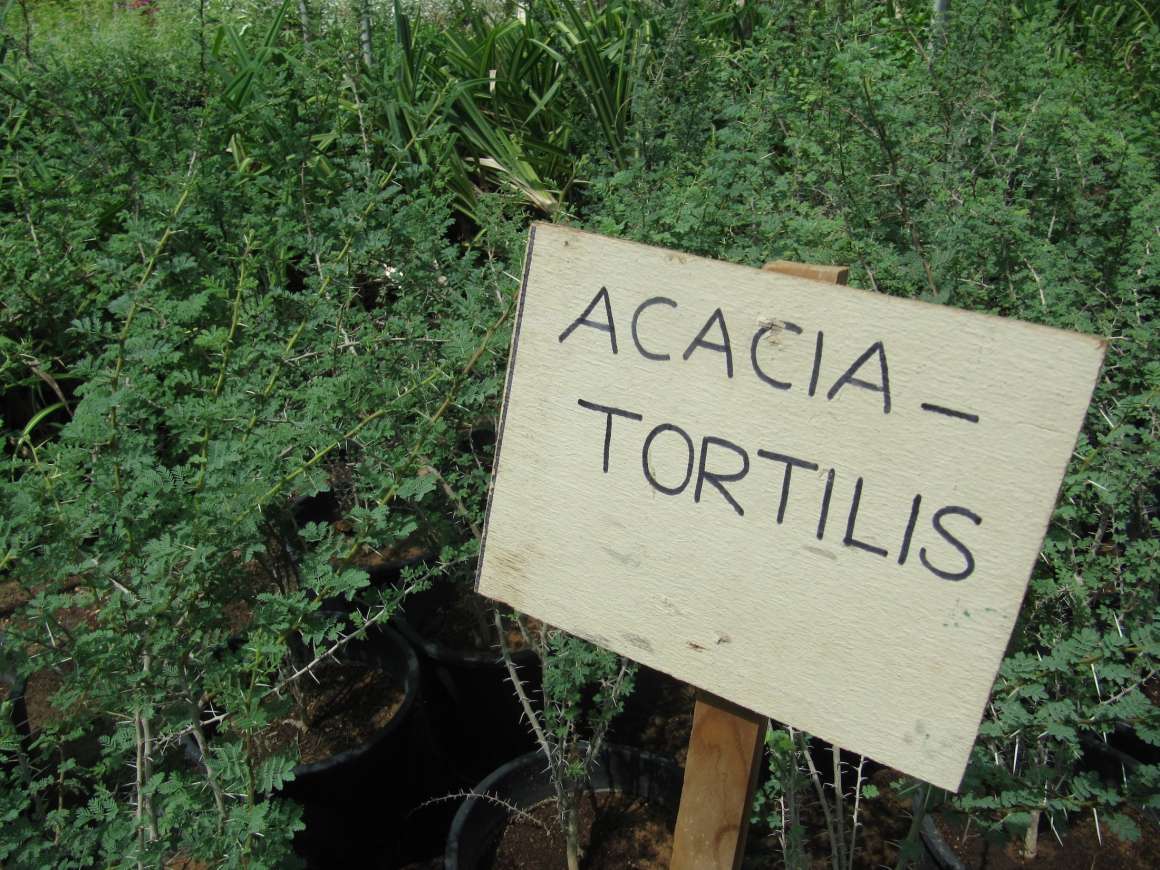
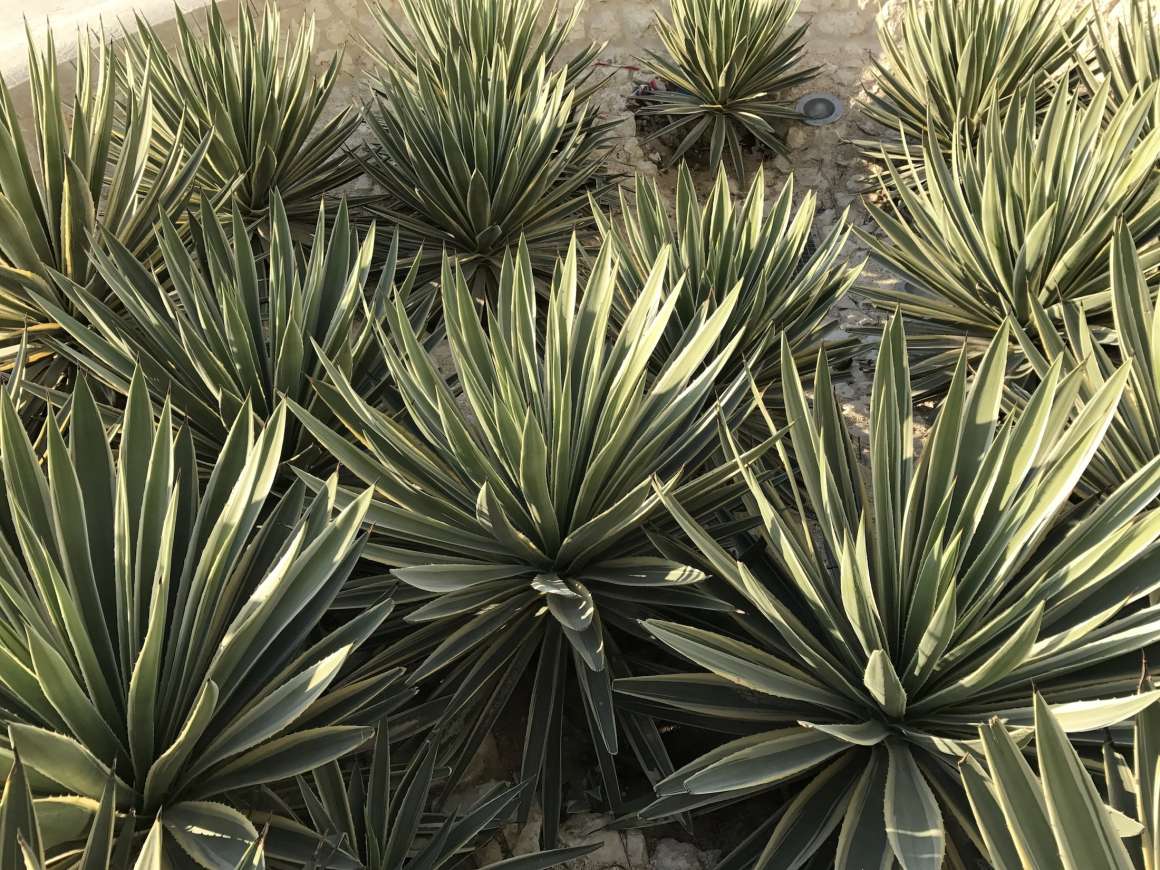





























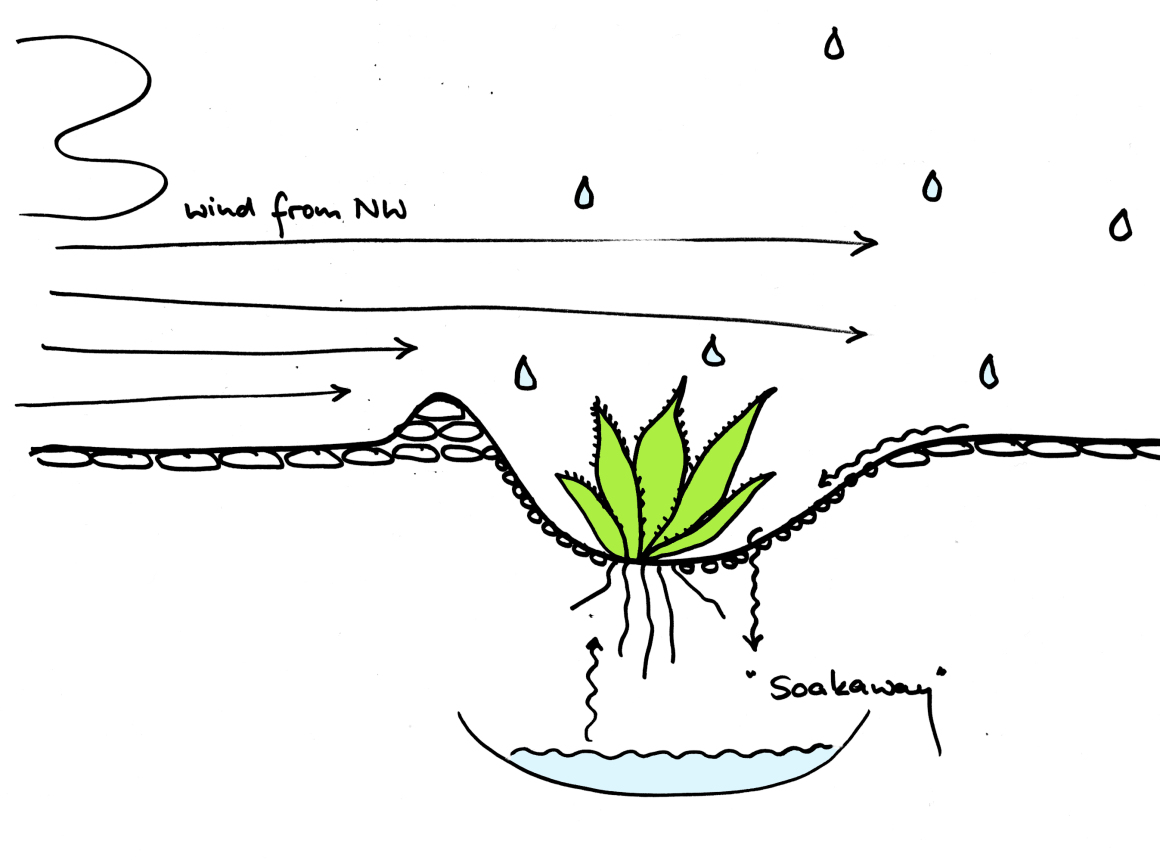
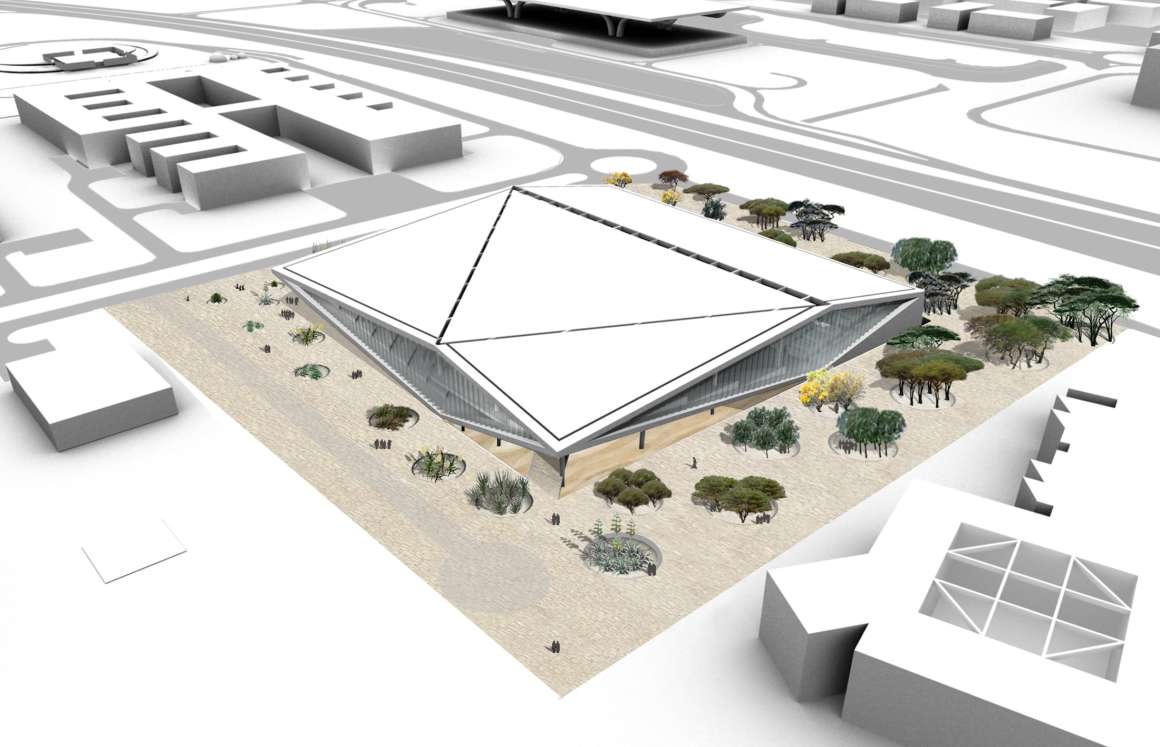
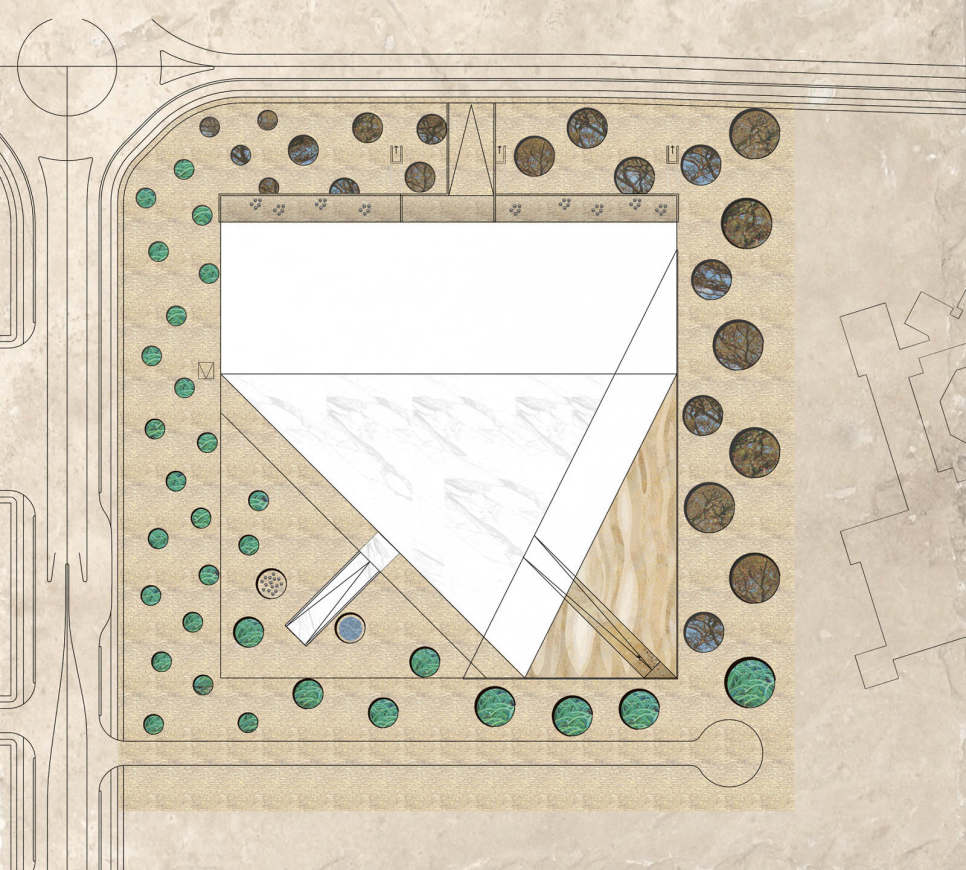



0 Comments